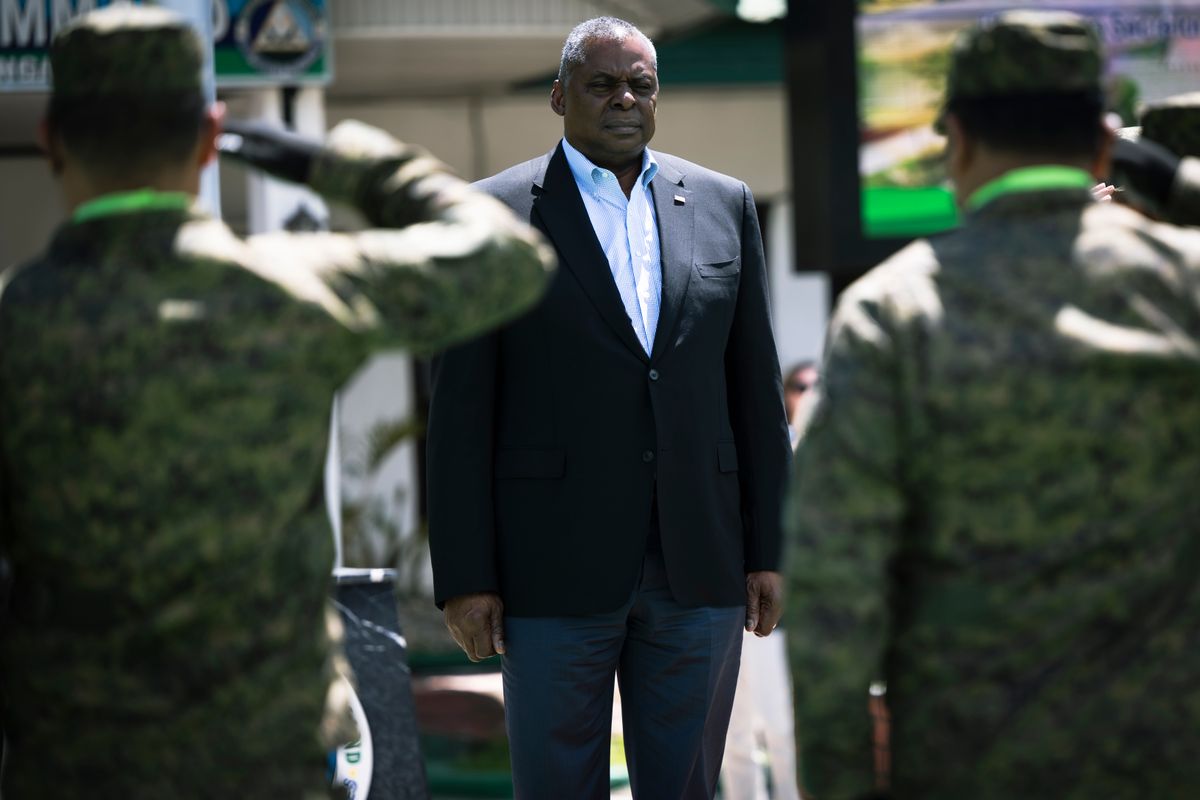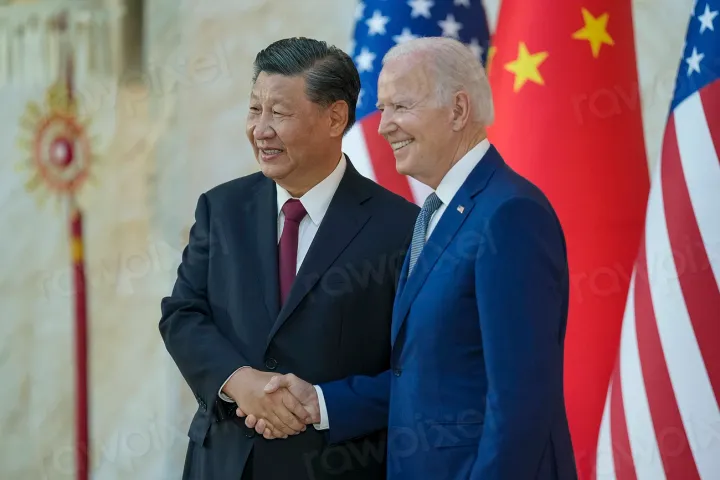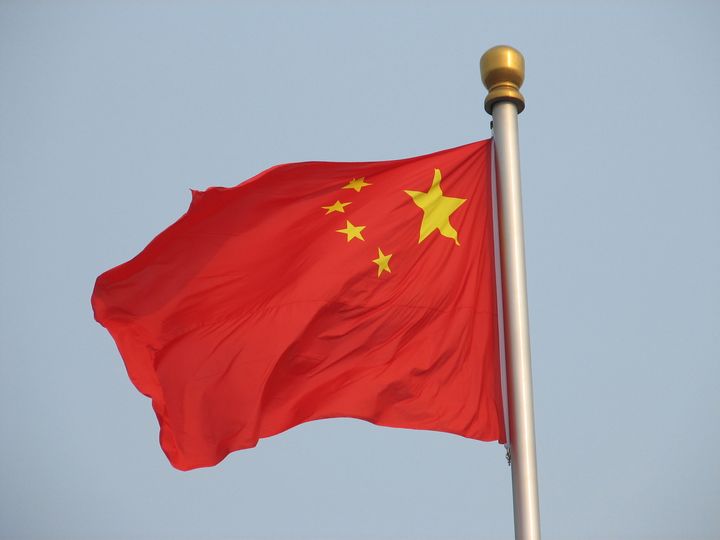US Forging Alliances with Pacific Nations as Tensions Rise with China

The Lede: As tensions continue to simmer between U.S. and China, Washington turns its attention towards forging new deals with small Pacific nations. On Monday, March 13, the Philippines and the United States commenced army-to-army exercises aimed at bolstering the Southeast Asian country's capacity to safeguard and secure its territory against potential external dangers.
What we know:
- Last month Philippine President Ferdinand Marcos Jr made a decision to expand the United States’ access to military bases to increase defense capabilities.
- In a news conference, in Manila Secretary of Defense, Lloyd Austin referenced China's assertive moves to exert control over portions of the West Philippine Sea. The Philippine Coast Guard has also confirmed.
- Beijing which sees the Philippines as a battleground for the geopolitical rivalry between the two major powers responded by accusing the U.S. of securing “its hegemony and selfish geopolitical interests,” bundling “the Philippines into the chariots of geopolitical strife” that would seriously harm the nation and stability in the region.
- Agreement with the Philippines is just part of U.S. efforts to gain more allies in the Pacific. The U.S. has renewed and expanded term deals with the governments of the Marshall Islands, Palau, and Micronesia, as well as has reopened the U.S. embassy in the Solomon Islands – the nation which signed a security agreement with China last spring.
The background: Some of these nations are part of the so called Second Island Chain, which refers to a strategic line of islands in the Pacific Ocean that runs roughly from Japan to Guam, passing through Micronesia and the Marshall Islands. It includes several significant U.S. allies and partners, such as Japan, South Korea, Taiwan, and the Philippines. The region is important for the U.S. because it serves as a buffer zone that allows the U.S. military to project power into the western Pacific Ocean and counter China's growing military capabilities in the region. In other words, it’s the second line of defense.
The U.S. maintains a strong military presence in the region, including naval bases in Japan and Guam, as well as military exercises with regional partners. The U.S. also conducts freedom of navigation operations (FONOPS) in the region, sailing warships through disputed waters to challenge China's territorial claims and assert freedom of navigation.
Likely outcomes: Through these new arrangements, the Pentagon intends to deploy "combat credible" forces nearer to Taiwan to dissuade China from invading the island and, in the event of a conflict – achieve victory. The U.S. already has a good military presence in Japan and South Korea which make a good target for Chinese missiles. By transitioning to smaller and more dispersed units, the United States not only makes it harder for China to target them but also bolsters the U.S. troop presence in the chain of islands located to the east of Taiwan, Defense News reported. While the United States and China engage in geopolitical maneuvering, island nations in the Pacific have expressed little interest in their conflict. Rather, these nations are focused on reviving their economies that have been damaged by the pandemic and are likely to allocate funds from the security agreements for solving other pressing issues.
While some countries are eager to form closer ties with the United States, others are more cautious. Thailand, Malaysia, and Indonesia are prioritizing neutrality in the great-power competition, hoping to avoid being caught in the crossfire. They have made it clear that they do not want to be put in a position where they have to choose between China and the United States, the Washington Post reported.
The takeaway: Amid China’s aggressive actions towards Taiwan, expansion of its nuclear arsenal, and its “no limits” partnership with Russia, the U.S. is seeking new deals with small Pacific nations in an effort to improve its posture and counter China's growing military capabilities in the region. Some of these countries serve as a buffer zone, allowing the U.S. military to project power into the western Pacific Ocean.
Quotables:
- “It seems to me the future of the Philippines, and for that matter, the Asia Pacific will always have to involve the United States simply because those partnerships are so strong and they’re so historically embedded in our common psyches,” Philippine President Ferdinand Marcos Jr.
- “If the new sites are located in Cagayan and Isabela, which are close to Taiwan, does the U.S. really intend to help the Philippines in disaster relief with these EDCA sites? And is it really in the national interest of the Philippines to get dragged by the US to interfere in the Taiwan question?” the spokesperson of the Chinese Embassy in the Philippines.
- “The current environment is probably the most dangerous I’ve seen in 30 years of doing this business,” Adm. John Aquilino, commander of all U.S. military forces in the Indo-Pacific.
Good Reads:
As its relationship with China worsens, the US is making deals with smaller Pacific nations (Kpbs)
Philippines, US kick off joint drills amid China concerns (Reuters)
China’s neighbors seek expanded partnerships with US to deter, defend (Defense News)
China warns Philippines not to give US more access to bases (Radio Free Asia)



